Development
In 1939 the Imperial Japanese Navy instructed Kawanishi (a well known lead manufacturer and designer of floatplanes and flying boats) to develop a two-seat high-speed reconnaissance floatplane. The main specifications were on one hand, having sufficient performance to escape interception from land based fighters (1939 standard, 450 kph) and capable of a 800-nautical mile range (1,480 km). It was planned for new class of cruisers (the Ibuki class, lead vessel reconverted as a light carrier, but never completed) and the light cruisers intended to lead (as flagships) submarines squadrons. Each was to carry six of these new Kawanishi models to screen for the submarines, in search of targets. But unlike the Ibuki, only the first was ever completed, IJN Ōyodo, ordered at the same time in 1939. Each Ibuki (larger ships) would carry two of the new floatplane as well.The first prototype was called E15K1 (Navy short designation system), presented woth a countra-rotative propeller, something quite new in Japan and in the world in 1940. It did its maiden flight on 5 December 1941. This was successful enough that the admiralty ordered Five more prototypes, built during 1941 and 1942 with gradual improvements. Here it shows already how long this project dragged on. Development was protracted indeed due to the numerous E15K1 innovative features, and new issues surged at each flight, that in turn led to modifications, so much so that the whole program fell behind schedule. Among other the retractable stabilizing floats proved troublesome, broke and provoked several accidents when they could not be lowered for landing. In the end, the whole retractable system was dropped and stabilizing floats were made fixed. In 1942 also Mistubishi's aero engine department progressed, and presented the more powerful MK4S Kasei 24. It was fitted to compensate for increased drag, but needed to redesign the cowling, fuselage structure, and fuel line.
Design
Kawanishi designed a single-engine monoplane, low-wing and centered around a 1,460 hp (1,090 kW) Mitsubishi MK4D Kasei 14. This 14-cylinder radial was unusual as it drove two contra-rotating, two-bladed propellers (which oddly seemed like a step back). This was a first. The concept was being tried also in Europe, but was never implemented until late in the war. It presented multiple advantages, notably torque balancing and extra propulsion.The new floatplane had also a single central float, plus two retractable stabilizing floats under wings initially to reduce drag. More so, the main central float was designed to be jettisoned in emergency as it boosted top speed to 50 knots (90 km/h) more, judged enough to escape 1941 generation fighters (like the Wildcat). Wings had a refined laminar flow airfoil section, to further reduce drag. Like the Kawasaki Ki-100, the fuselage was refined to make a clean transition between the bulk of the radial engine and the rest of the fuselage. The canopy and engine cowling were also long refined in wind tunnel.
Detailed specs
specs | |
| Crew: | 2: Pilot, Observer/navigator/MG gunner |
| Fuselage Lenght | 11.587 m (38 ft 0 in) |
| Wingspan | 14 m (45 ft 11 in) |
| Wing area | 30 m2 (320 sq ft) |
| Height | 4.95 m (16 ft 3 in) |
| Empty weight: | 3,165 kg (6,978 lb) |
| Gross weight/Max TO: | 4,100 kg (9,039 lb)/4,900 kg (10,803 lb) |
| Propeller: | 4-bladed contra-rotating constant-speed propeller |
| Engine: | Mitsubishi MK4S Kasei 24 14-cyl. ACRPE 1,380 kW (1,850 hp) TO |
| Top speed: | 469 km/h (291 mph, 253 kn) at 5,700 m (18,700 ft) with float |
| Climb rate: | 6,000 m (20,000 ft) in 10 minutes |
| Endurance: | 3,371 km (2,095 mi, 1,820 nmi) at 296 km/h (184 mph, 160 kn) |
| Service ceiling: | 9,830 m (32,250 ft) |
| Wing Loading: | 136.7 kg/m2 (28.0 lb/sq ft) |
| Power/mass: | 0.335 kW/kg (0.204 hp/lb) |
| Armament: MGs | 7.7 mm (0.303 in) Type 92 machine gun in rear cockpit |
Service
All these problems were eventually revolved, as the E15K1 was ordered into limited production (pre-production batch) as the "Navy Type 2 High-speed Reconnaissance Seaplane Shiun Model 11". Six were deliivered and trialled as E15Ks, evaluated in 1942. Production was greenlight in early 1943, but the first operational E15K1 only arrived by April 30, 1944, and six first models were assigned to the 12th Reconnaissance Squadron, 61st Air Flotilla. In betwee, the Oyodo class were cancelled (apart the lead ship, also completed in 1943). So the need for more was not that urgent.On June 1, the first early Shiuns arrived at Palau, South Pacific. But by that stage, the Grumman Hellcat had long replaced the Wildcat, seconded by the excellent Vought F4U Corsair. Both were about 150 kp faster than the Shiun. Compounded with the inexperienced of the crews this was already an issue. But more son was the immense frustation if pilots that realized the vaunted "float trick" did not worked in practice.
The main float jettison mechanism was wind-tunnel tested, but in actual trials, and just time and again refuse to work. With this, the new E15K1 had unusually high maintenance and proved still troublesome in operations in many areas. Given the reports, the Navy brass decided to cut down production in February 1944. This left only 15 Shiuns completed, six prototypes and eight production models. Two were planned to serve on IJN Oyodo and the Mogami class, but due to their poor performances the Aichi E13A1 “Jake” was used instead.
Gallery
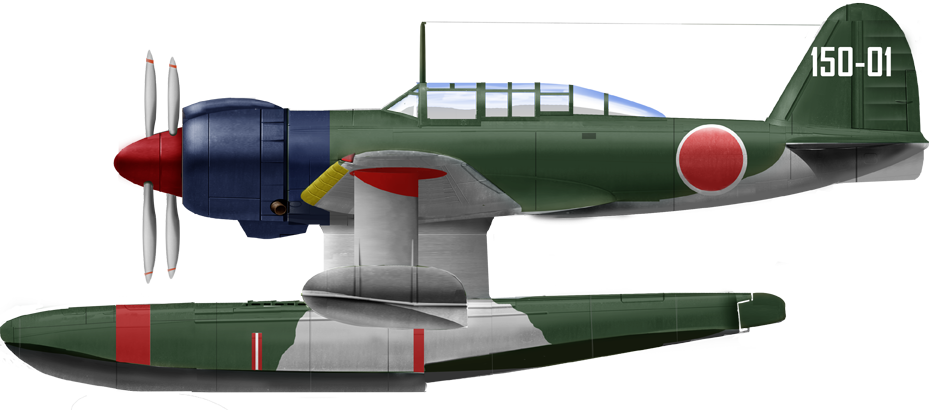
E15K on the cruiser IJN Oyodo, 1944


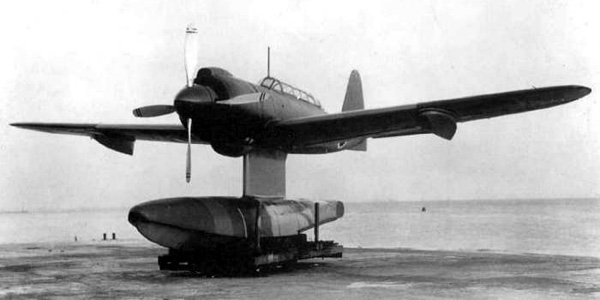
Read More/Src
Books
Francillon, René J. (1979). Japanese Aircraft of the Pacific War (2nd ed.). Putnam & Company.Green, William (1962). War Planes of the Second World War: Volume Six, Floatplanes. London: Macdonald & Co.
Jackson, Robert (2002). The Encyclopedia of Military Aircraft. Bath: Parragon.
Layman, R. D.; McLaughlin, Stephen (1991). The Hybrid Warship. London: Conway Maritime Press.
Millot, Bernard (May 1978). "Kawanishi E15K1 "Shiun" (Norm) Fana de l'Aviation (in French) (102) 42–45. "61st Air Flotilla, 12th Recon Sqn wartime report No.1-3.", Japan Center for Asian Historical Record (in Japanese)
Links
airpages.rusecretprojects.co.uk/
aviastar.org
pacificwrecks.com
daveswarbirds.com
avionslegendaires.net
airwar.ru/
en.wikipedia.org
combinedfleet.com
Videos
Model Kits
scalemates.com3D
renderhub.comcgtrader.com
- Lohner E (1913)
- Macchi M3 (1916)
- Macchi M5 (1918)
- Ansaldo ISVA (1918)
- Sopwith Baby (1916)
- Short 184 (1916)
- Fairey Campania (1917)
- Sopwith Cuckoo (1917)
- Felixstowe F.2 (1917)
- Friedrichshafen FF 33 (1916)
- Albatros W4 (1916)
- Albatros W8 (1918)
- Hanriot HD.2
- Grigorovitch M5
- IJN Farman MF.7
- IJN Yokosho Type Mo
- Yokosho Rogou Kougata (1917)
- Yokosuka Igo-Ko (1920)
- Curtiss N9 (1916)
- Aeromarine 39
- Vought VE-7
- Douglas DT (1921)
- Boeing FB.5 (1923)
- Boeing F4B (1928)
- Vought O2U/O3U Corsair (1928)
- Blackburn Blackburn (1922)
- Supermarine Seagull (1922)
- Blackburn Ripon (1926)
- Fairey IIIF (1927)
- Fairey Seal (1930)
- LGL-32 C.1 (1927)
- Caspar U1 (1921)
- Dornier Do J Wal (1922)
- Rohrbach R-III (1924)
- Mitsubishi 1MF (1923)
- Mitsubishi B1M (1923)
- Yokosuka E1Y (1923)
- Nakajima A1N (1927)
- Nakajima E2N (1927)
- Mitsubishi B2M (1927)
- Nakajima A4N (1929)
- CANT 18
WW1
✠ K.u.K. Seefliegerkorps:
 Italian Naval Aviation
Italian Naval Aviation
 RNAS
RNAS
 Marineflieger
Marineflieger
 French Naval Aviation
French Naval Aviation
 Russian Naval Aviation
Russian Naval Aviation
 IJN Air Service
IJN Air Service
 USA
USA
Interwar
 Interwar US
Interwar US
 Interwar Britain
Interwar Britain
 Interwar France
Interwar France
 Interwar Germany
Interwar Germany
 Interwar Japan
Interwar Japan
 Interwar Italy
Interwar Italy
- Curtiss SOC seagull (1934)
- Grumman FF (1931)
- Curtiss F11C Goshawk (1932)
- Grumman F2F (1933)
- Grumman F3F (1935)
- Northrop BT-1 (1935)
- Grumman J2F Duck (1936)
- Consolidated PBY Catalina (1935)
- Brewster/NAF SBN-1 (1936)
- Curtiss SBC Helldiver (1936)
- Vought SB2U Vindicator (1936)
- Brewster F2A Buffalo (1937)
- Douglas TBD Devastator (1937)
- Vought Kingfisher (1938)
- Curtiss SO3C Seamew (1939)
- Douglas SBD Dauntless (1939)
- Grumman F4F Wildcat (1940)
- F4U Corsair (NE) (1940)
- Brewster SB2A Buccaneer (1941)
- Grumman TBF/TBM Avenger (1941)
- Consolidated TBY Sea Wolf (1941)
- Grumman F6F Hellcat (1942)
- Curtiss SB2C Helldiver (1942)
- Curtiss SC Seahawk (1944)
- Grumman F8F Bearcat (1944)
- Ryan FR-1 Fireball (1944)
- Douglas AD-1 Skyraider (1945)
Fleet Air Arm
- Fairey Swordfish (1934)
- Blackburn Shark (1934)
- Supermarine Walrus (1936)
- Fairey Seafox (1936)
- Blackburn Skua (1937)
- Short Sunderland (1937)
- Blackburn Roc (1938)
- Fairey Albacore (1940)
- Fairey Fulmar (1940)
- Grumman Martlet (1941)
- Hawker sea Hurricane (1941)
- Brewster Bermuda (1942)
- Fairey Barracuda (1943)
- Fairey Firefly (1943)
- Grumman Tarpon (1943)
- Grumman Gannet (1943)
- Supermarine seafire (1943)
- Blackburn Firebrand (1944)
- Hawker Sea Fury (1944)
IJN aviation
- Aichi D1A "Susie" (1934)
- Mitsubishi A5M "Claude" (1935)
- Nakajima A4N (1935)
- Yokosuka B4Y "Jean" (1935)
- Mitsubishi G3M "Nell" (1935)
- Nakajima E8N "Dave" (1935)
- Kawanishi E7K "Alf" (1935)
- Nakajima B5N "Kate" (1937)
- Kawanishi H6K "Mavis" (1938)
- Aichi D3A "Val" (1940)
- Mitsubishi A6M "zeke" (1940)
- Nakajima E14Y "Glen" (1941)
- Nakajima B6N "Jill" (1941)
- Mitsubishi F1M "pete" (1941)
- Aichi E13A Reisu "Jake" (1941)
- Kawanishi E15K Shiun "Norm" (1941)
- Nakajima C6N Saiun "Myrt" (1942)
- Yokosuka D4Y "Judy" (1942)
- Kyushu Q1W Tokai "Lorna" (1944)
Luftwaffe
- Arado 196 (1937)
- Me109 T (1938)
- Blohm & Voss 138 Seedrache (1940)
Italian Aviation
- Savoia-Marchetti S.55
- IMAM Ro.43/44
- CANT Z.501 Gabbiano
- CANT Z.506 Airone
- CANT Z.508
- CANT Z.511
French Aeronavale
- GL.300 (1926-39)
- Levasseur PL.5 (1927)
- Potez 452 (1935)
- Loire 210 (1936)
- Loire 130 (1937)
- LN 401 (1938)
Soviet Naval Aviation
- Shavrov SH-2 (1928)
- Tupolev TB-1P (1931)
- Beriev MBR-2 (1930)
- Tupolev MR-6 (1933)
- Tupolev MTB-1 (1934)
- Beriev Be-2 (1936)
- Polikarpov I16 naval (1936)
- Tupolev MTB-2 (1937)
- Ilyushine DB-3T/TP (1937)
- Beriev Be-4 (1940)
-
Skoda Š-328V
R-XIII Idro
Fokker C.XI W (1934)
WW2
- De Havilland Sea Vixen
- Hawker Sea Hawk
- Supermarine Scimitar
- Blackburn Buccaneer
- Hawker Sea Harrier
- Douglas A4 Skyhawk
- Grumman F9F Panther
- Vought F8 Crusader
- McDonnell-Douglas F-4 Phantom-II
- North Am. A5 Vigilante
- TU-142
- Yak 38 forger
☢ Cold War
✧ NATO
 Fleet Air Arm
Fleet Air Arm
 US Navy
US Navy
☭ Warsaw Pact
Merch
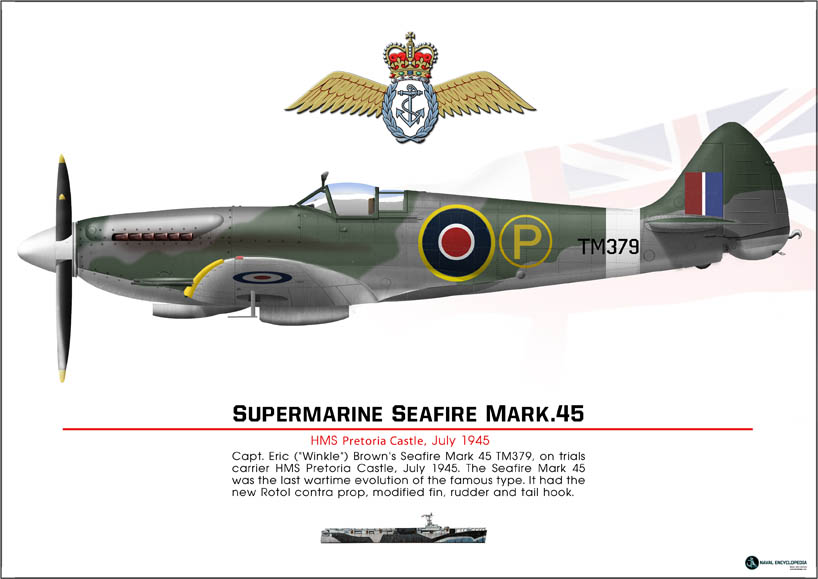
Seafire Mark 45; HMS Pretoria Castle
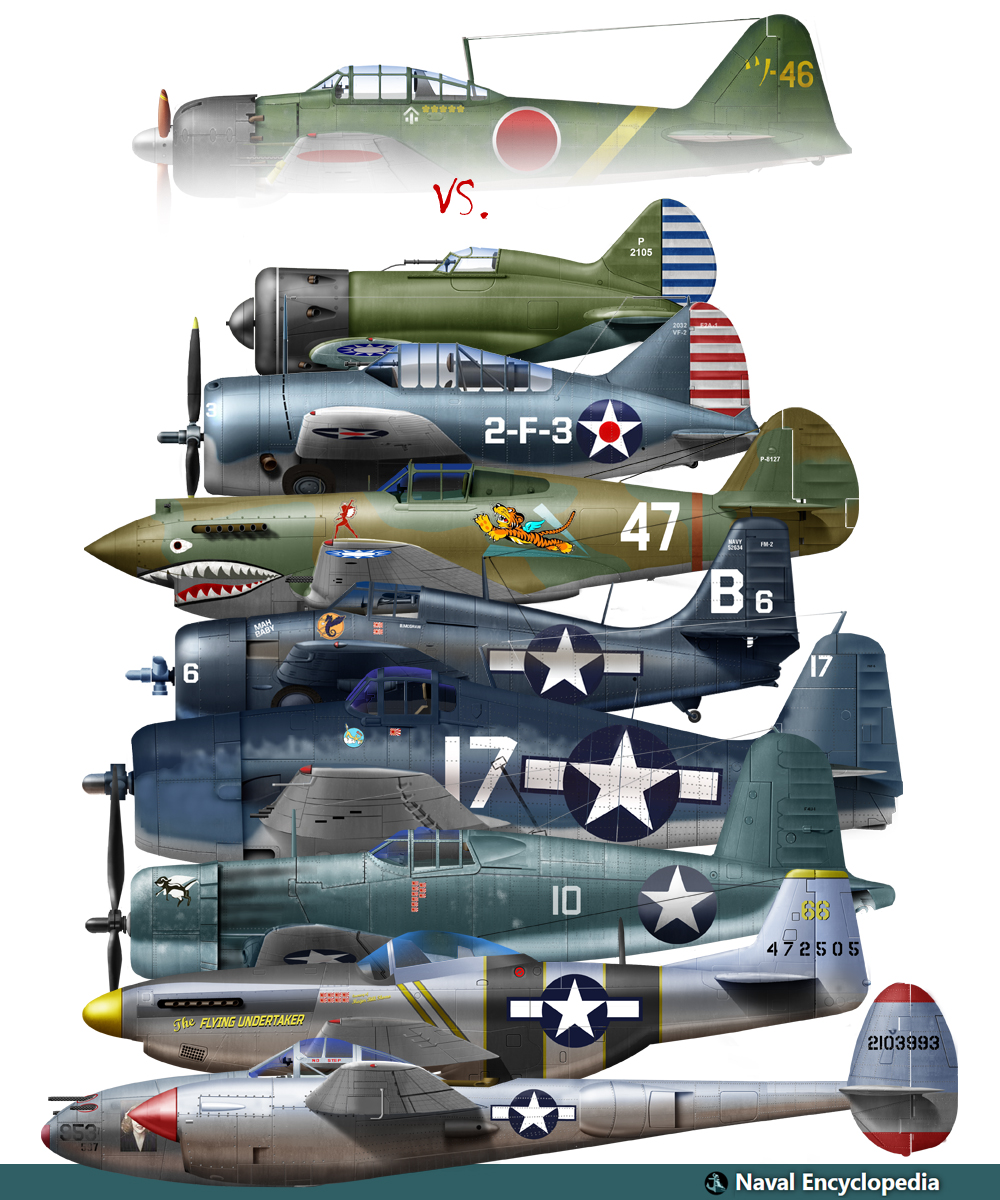
Zeros vs its aversaries
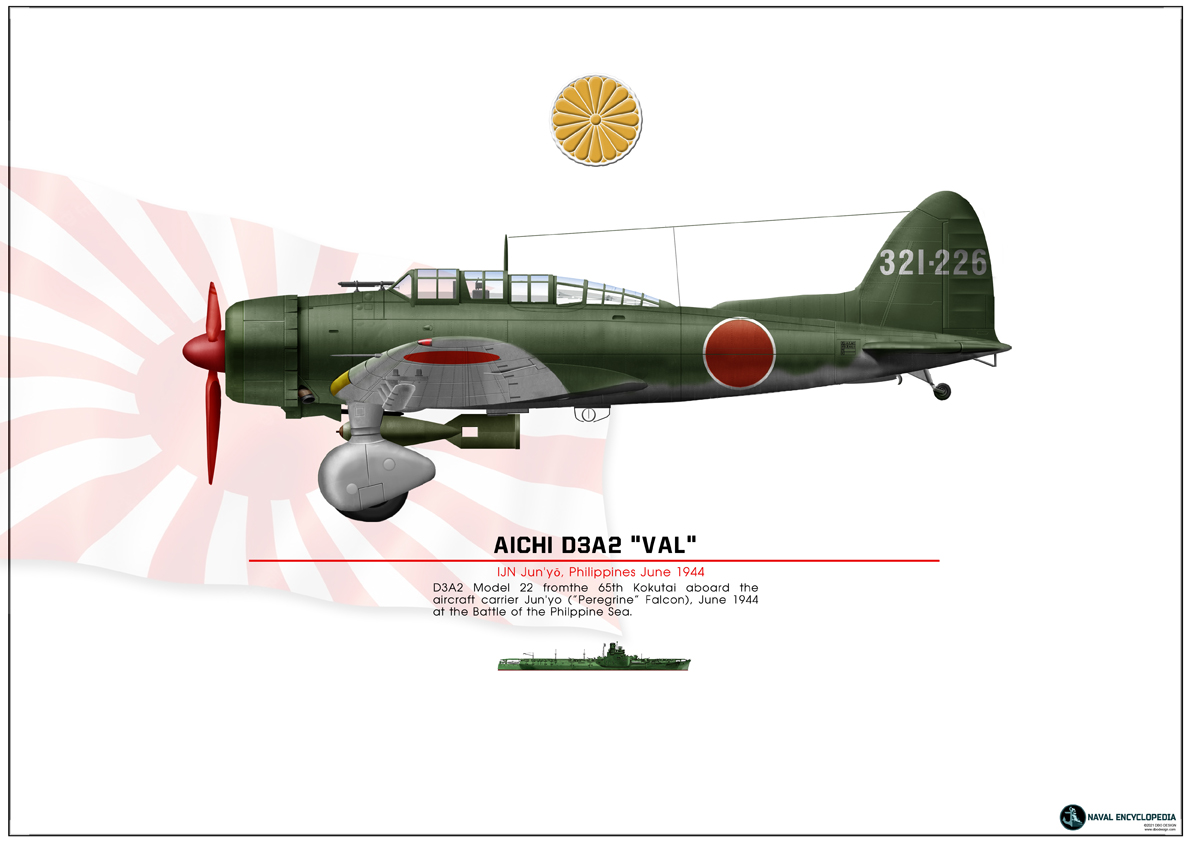
Aichi D3A “Val” Junyo
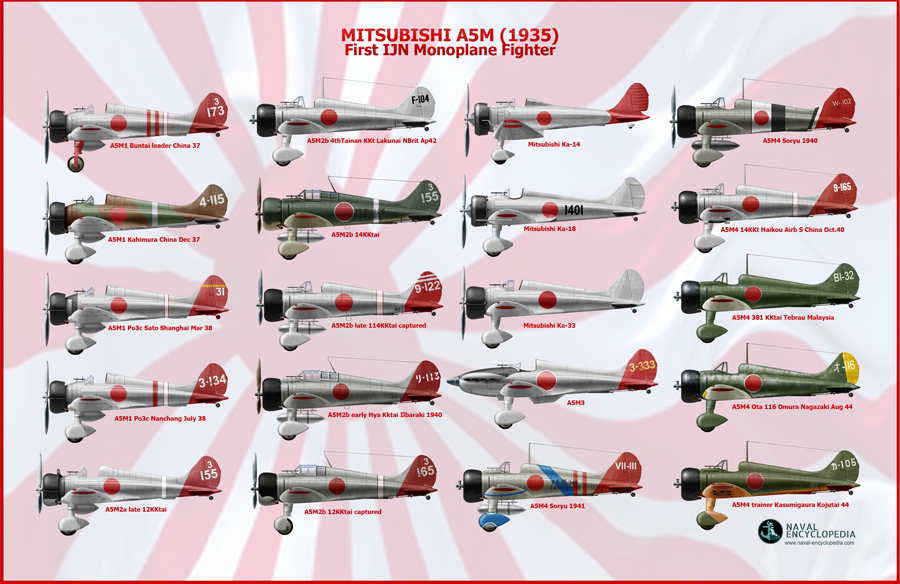
Mitsubishi A5M poster
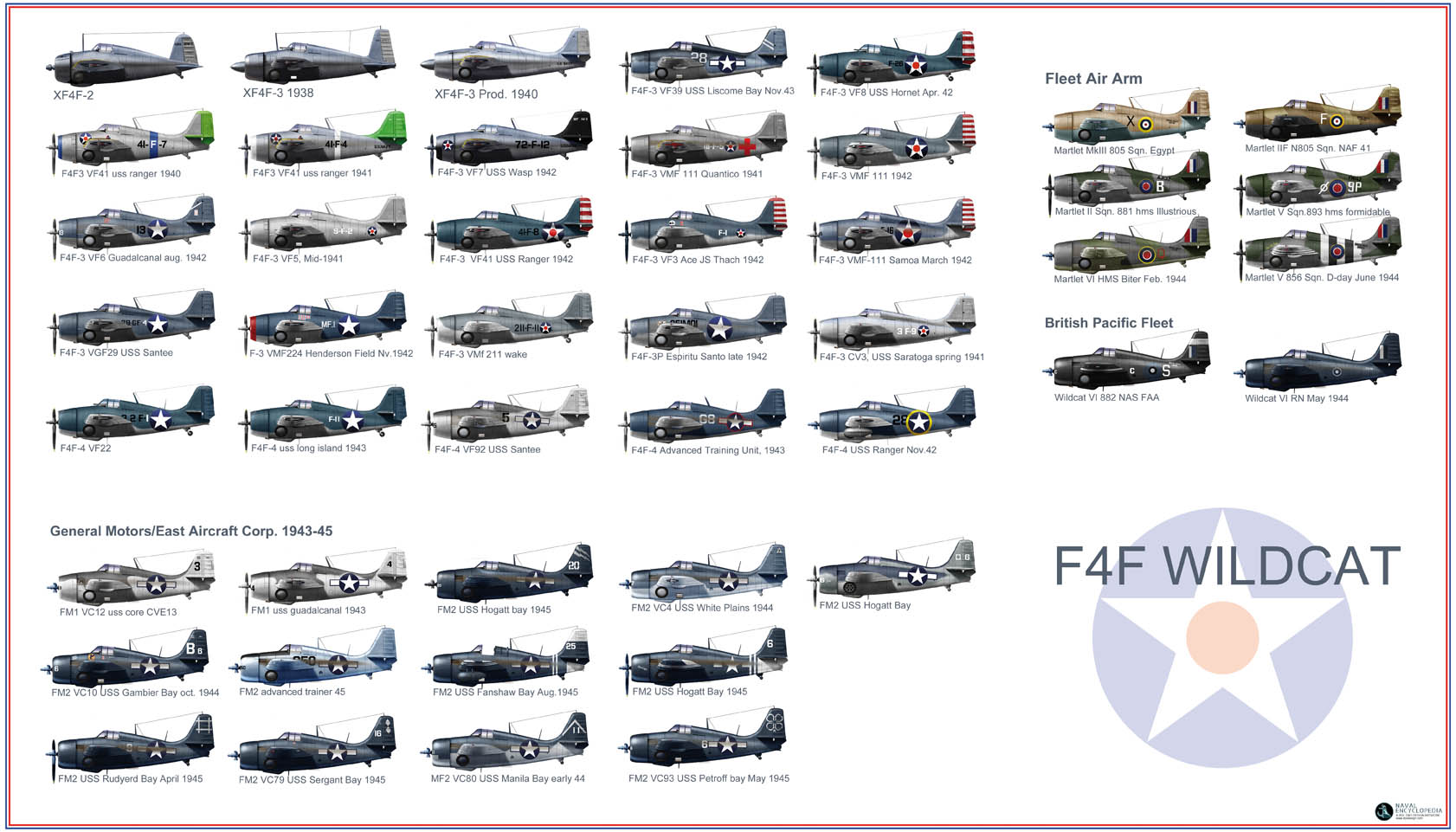
F4F wildcat
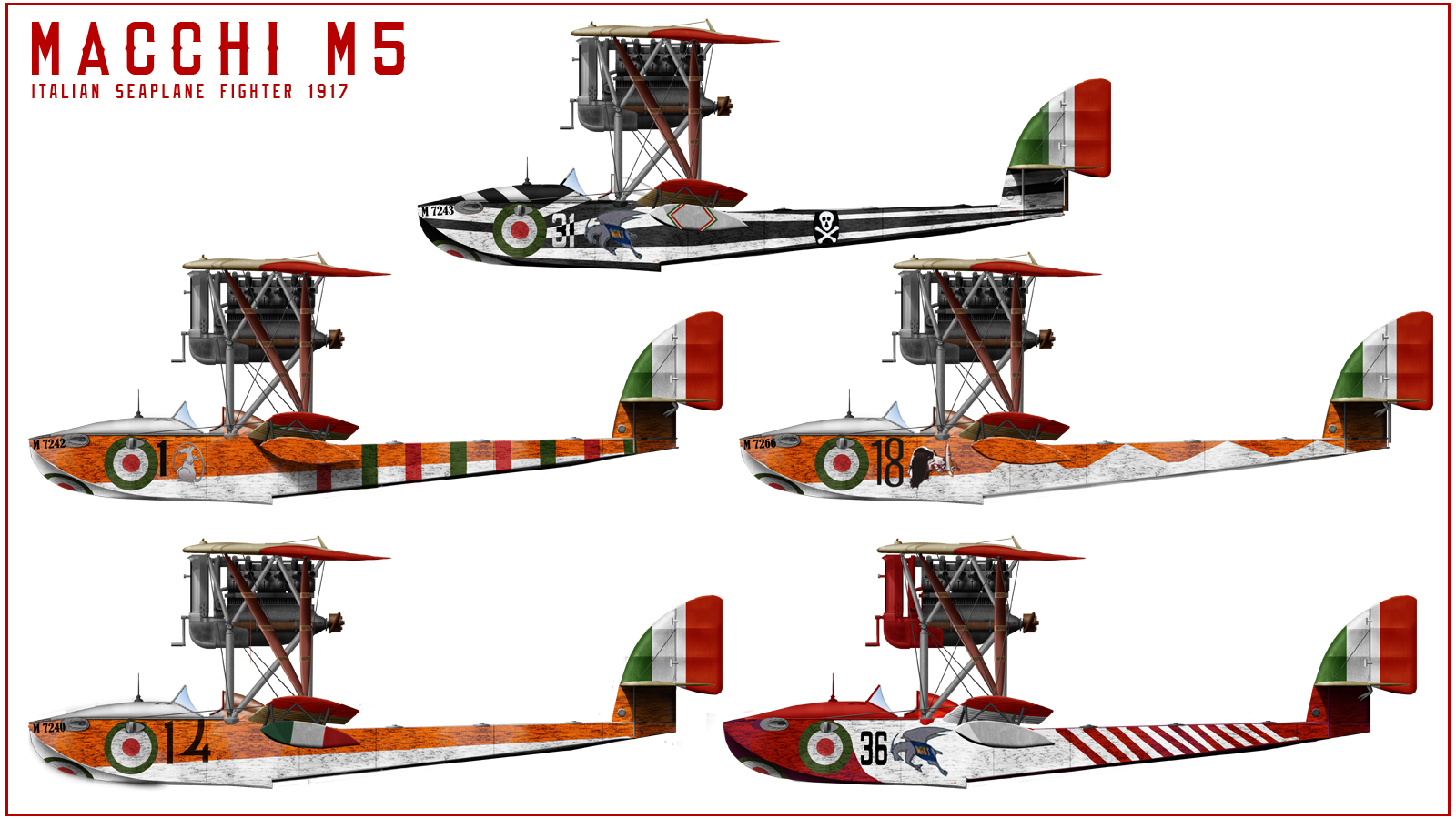
Macchi M5
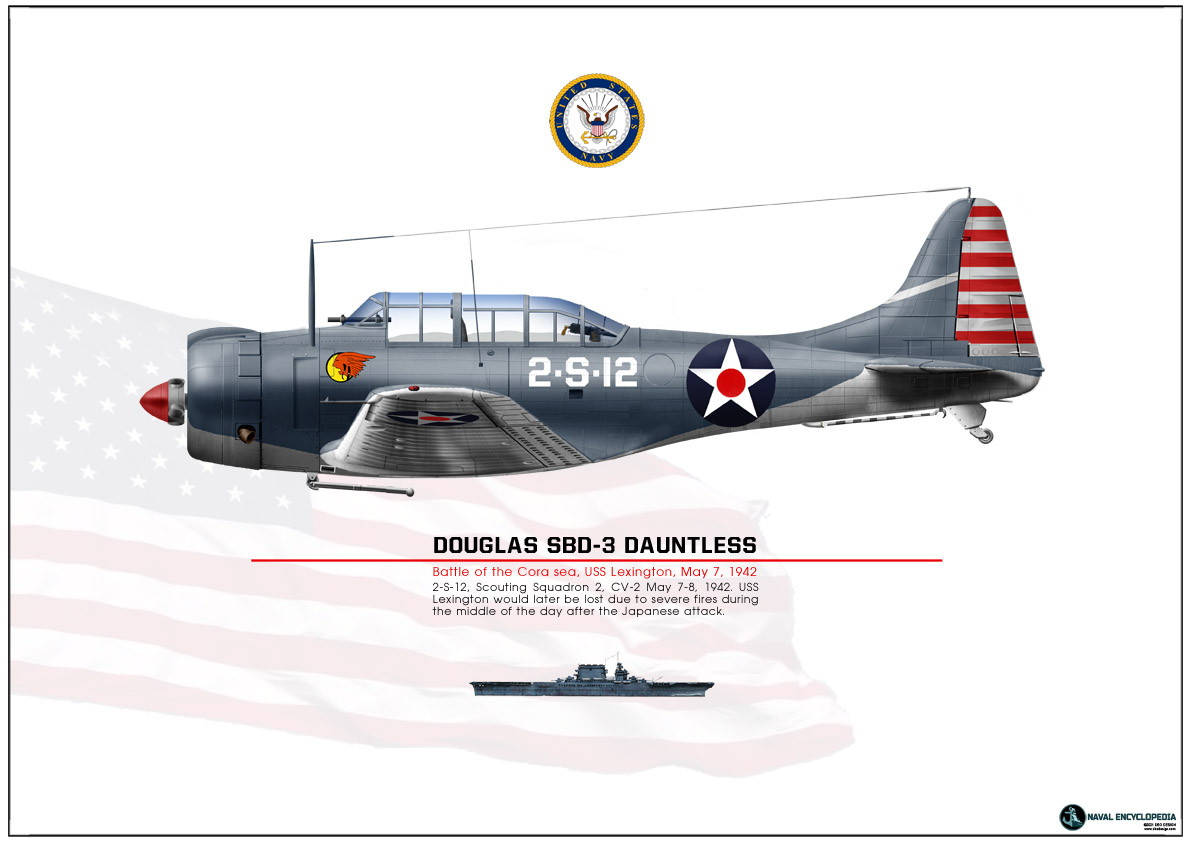
SBD Dauntless Coral Sea
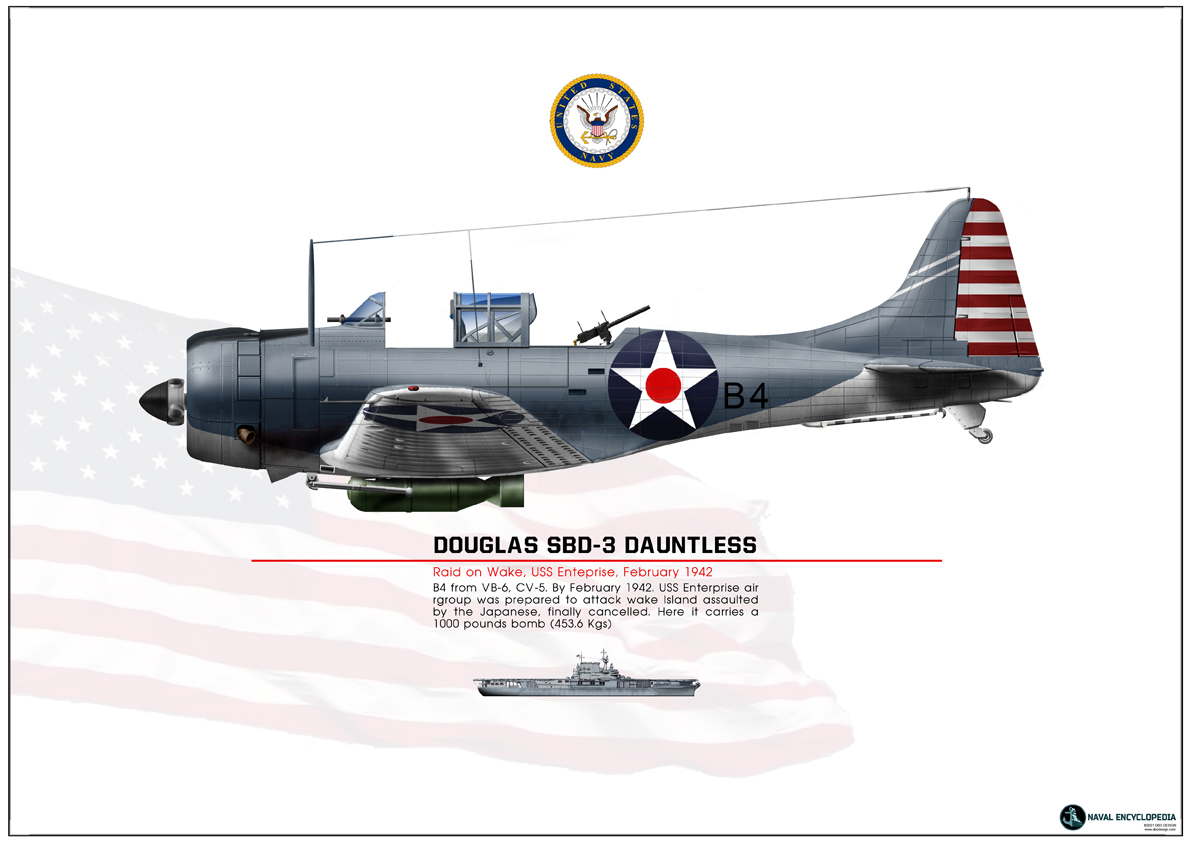
SBD Dauntless USS Enterprise
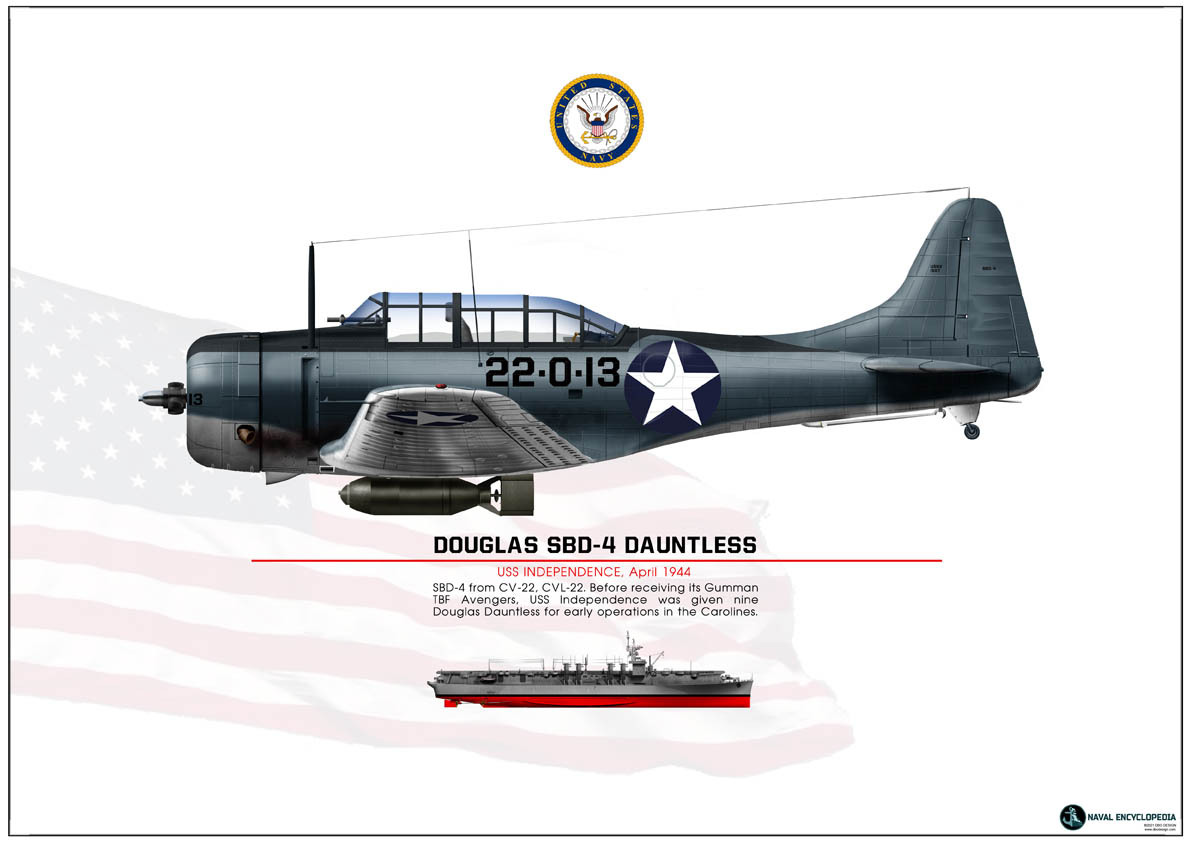
SBD-4 CV22